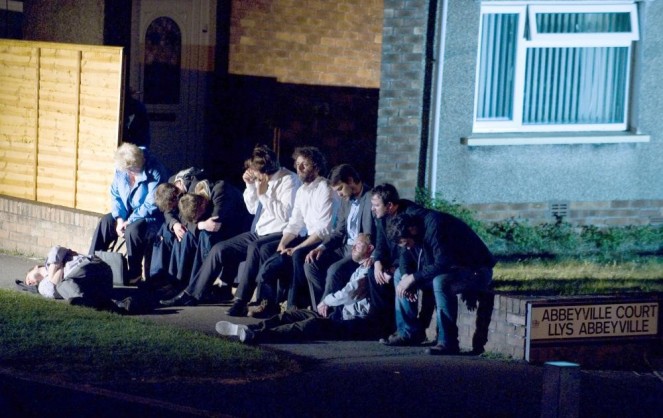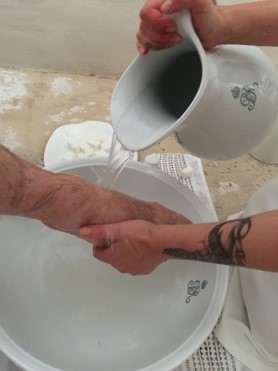Happy 2017 to all! I hope the first days of the year have been kind and you’re feeling suitably revitalised if you were fortunate enough to have a little bit of a break over the festive period.
For me, the end of 2016 saw the end of my time in North Wales, an unexpected journey of some 13+ years that has given me fond memories, good friends, and more than a few life lessons! Now, back in the North West of England, I’m on a new adventure taking on a new challenge as a Lecturer in Drama. I’m looking forward to reconnecting with my arts background as well as continuing my interest in arts and health, particularly dementia, through theatre, performance and the arts.
I’ll be endeavouring to post more frequently, having been a very occasional blogger in truth and in plain-sight, before now. My focus will remain to sharing things that catch my eye around performance, theatre, the arts, teaching, personal practice, arts and health and dementia.
Continuing with this optimism in mind, one of my first tasks in my new post is two upcoming lectures on a second year Contemporary Performance module.
The module introduces largely new, current and innovative practices that encompass a broad understanding of performance. Last semester, the students were introduced to the likes of Marina Abramovic and Franko B, alongside companies such as Blast Theory. These works created questions around “what is art?”, “what is performance?”, “what are the limits of performance?”, “are these works merely shocking?”, “do they have an ulterior purpose?”and more.
This term, the conversations, debates and discussions will continue with subjects such as virtual reality, social media, comedy, queer identities, walking, musicals and comedy, and my own inputs on durational performance and mobile phones (the former being my focus here).
Although durational performance has received some critical attention, it is often interwoven with discussion of works within other contexts: for example, their site-specific, immersive, or participatory nature and in other terms such as ‘endurance art’ or ‘marathon performances’. The discussion will see some overlap with companies and individuals covered previously (like Forced Entertainment), but approaching them through this particular frame. Also of interest within this topic, is the impact of duration on both audience and performer: some works require a lot of the audience, the performer, or both, in terms of engagement with the performance through the time or energy required. Having been involved in several sensory labyrinth performances, the physical and mental stamina of the performer and audience can be tested, in working in difficult to access locations, or those with less glamourous facilities.
The conversation will move from the large scale (National Theatre Wales’s 2013 The Passion which involved a cast of 14 professional actors and some 1000 volunteers and encompassed most of Port Talbot, South Wales, at one end of the spectrum, to the less well-known such as Sarah Younan’s recent work The Source, which I had the fortune to engage with, in 2016 in Llandudno, North Wales.

In each example, we can see the ways in which the performer(s) are extending beyond the usual 90 minute or 3 hour performance traffic of the stage, to encompass several days, often continually or largely on view and in character. In Younan’s work, there is a ritualistic element as she routinely cleaned a disused Tabernacle, engaging with several microcosmic tasks within this space. This went from remaking the bones of an imagined Saint using traditional soap making methods; colelcting the dusts and fragments from the cleaning process and making curious displays from the insect caucuses, like the display cases we see with butterflies pinned onto boards; abstaining from certain foods, drink and activities throughout her residency; and embodying a nun-like dress code and routine through her performance.

I hope this might make for a thought-provoking discussion on the nature of performance, the effort and input of the performer to create this work and for the audience to engage partially or fully with the complete encounter.
